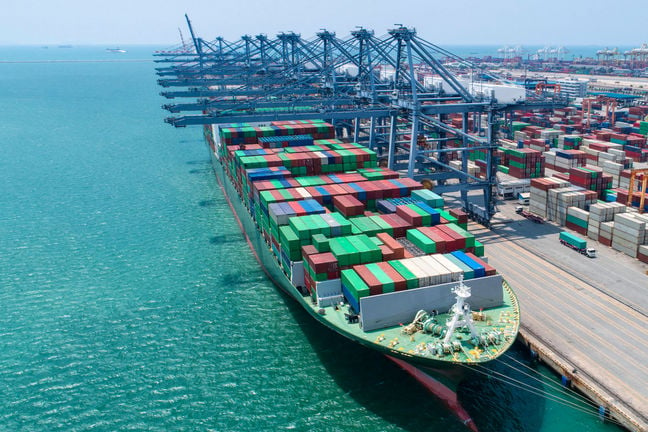
"Consumers' appetite for big-ticket spending on PCs faces a number of downside risks. Although PCs currently remain exempt, broader tariffs impacting key spending categories have already resulted in inflationary pressure, with the Federal Reserve pausing its planned interest rate cuts in anticipation of further price rises in the remainder of the year."
"Despite the sense of urgency driven by the Windows 10 end of service date, consumer demand in the US has remained largely unaffected."
"This led to significant inventory buildup in America that will now need to be cleared, according to market watcher Canalys. However consumers are not biting because of several factors, including that tariffs have pushed up prices in a number of key spending categories already."
"The upshot is that with retail inventory already well stocked, sales from distributors into those channels during the second half of the year is likely to be constrained."
PC shipments in the US are projected to rise by 2% in 2025, affected by tariffs and low consumer demand for high-cost items. In early 2025, deliveries increased by 15% as inventory was stockpiled due to potential tariff hikes. However, ongoing inflationary pressures have led consumers to prioritize essential spending over discretionary items like PCs. The end of Windows 10 support seemingly has little influence on consumer demand, with many remaining indifferent until significant issues arise. Retail inventory levels are high, potentially limiting sales in the latter half of the year.
Read at Theregister
Unable to calculate read time
Collection
[
|
...
]